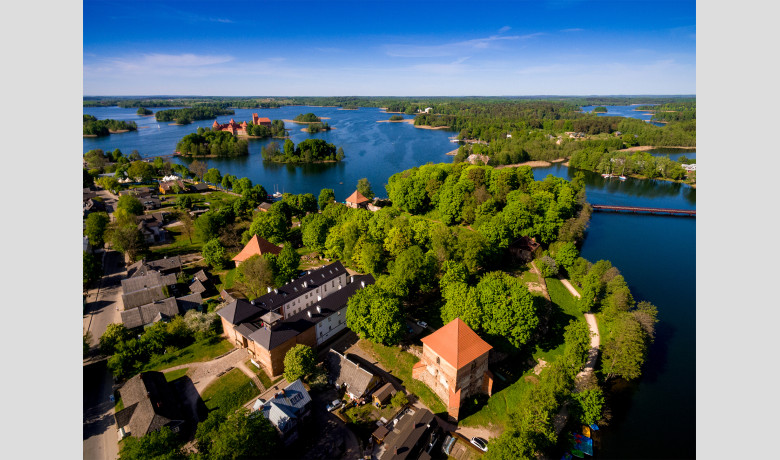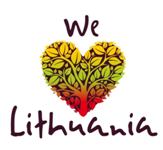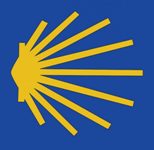Trakai district lies in the southeastern part of Lithuania, not far away from the capital Vilnius, around the town of Trakai. The administrative center of the municipality is Trakai. The municipality was twice affected by the administrative reform. The district covers an area of 1208 sq. km; 47,7% of the territory is covered by forests (576,22 sq. km.); lakes make up 4,9% (59,19 sq. km.). The total area of the protected territories in the Trakai district is 25 550 ha. This accounts for 21% of the district territory.
The administrative district is divided into 8 wards: Aukštadvaris, Grendavė, Lentvaris, Onuškis, Paluknis, Rūdiškės, Senieji Trakai (Old Trakai), and Trakai. There are three towns in the district (Trakai, Lentvaris, Rūdiškės); two small towns (Aukštadvaris and Onuškis); 3 bigger settlements (Grendavė, Paluknys, Senieji Trakai), and 409 villages. This is a very multinational district with a population of approx. 36 000; 52,9% of them are Lithuanians, 33,2% of Poles, and 8,5% are Russians. There are also Belorusians, Ukrainians, Tatars, Karaims, and representatives of other nations residing in the district.


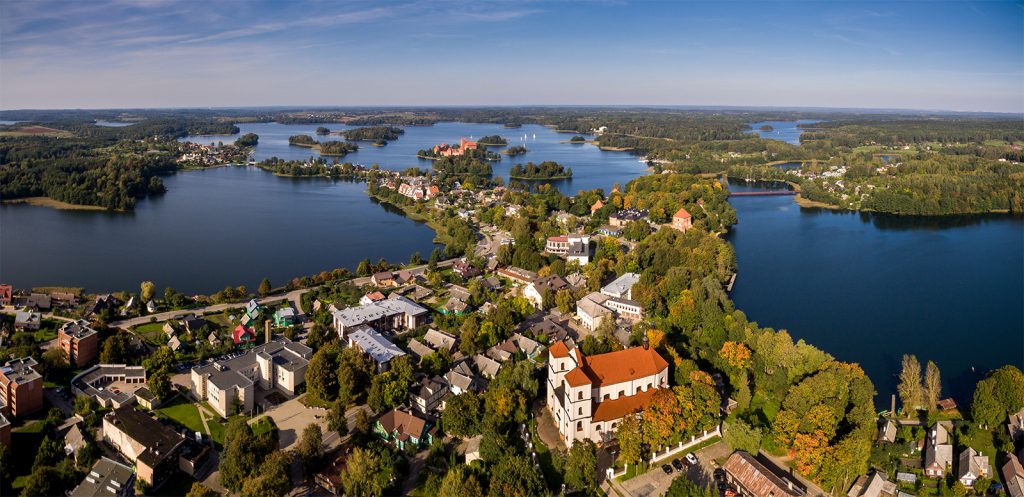
Trakai district deserves to be called the locality representing Lithuania. The glorious historical past and cultural heritage of the country give it oneness and are important to cognition and education. The district’s image is first of all related to the town of Trakai.
Trakai is a well-preserved historical village with more than 5 000 residents, and one of the biggest tourist attractions in the country with a million visitors each year. It is the symbol of Lithuanian statehood, the prosperity of the Grand Duchy of Lithuania, former residence of the Grand Dukes of Lithuania.
The history of Trakai starts in Old Trakai, a small village at a distance of 3 km. This locality was mentioned for the first time in the written sources in 1337 – in the chronicles of Wigand of Marburg, and the chronicles of the Crusader Order. According to the legend, Gediminas, while hunting accidentally discovered a nice hill in the forest. So he ordered to build of a castle in this place and transfer the capital from Kernavė. In 1345-1382, it was ruled by the Duke of Trakai and Samogitia Kęstutis, the son of Gediminas, who resided there. Around 1350, the most famous ruler of medieval Lithuania, the Grand Duke of Lithuania Vytautas was born there. In 1377, New Trakai – the present town of Trakai started to appear in the descriptions of the routes of the Crusaders. The pride of Lithuania is the castle standing on the island of Lake Galvė. In the 14th century, it was started by the Grand Duke of Lithuania Kęstutis, and around 1409 works were completed by his son Vytautas.

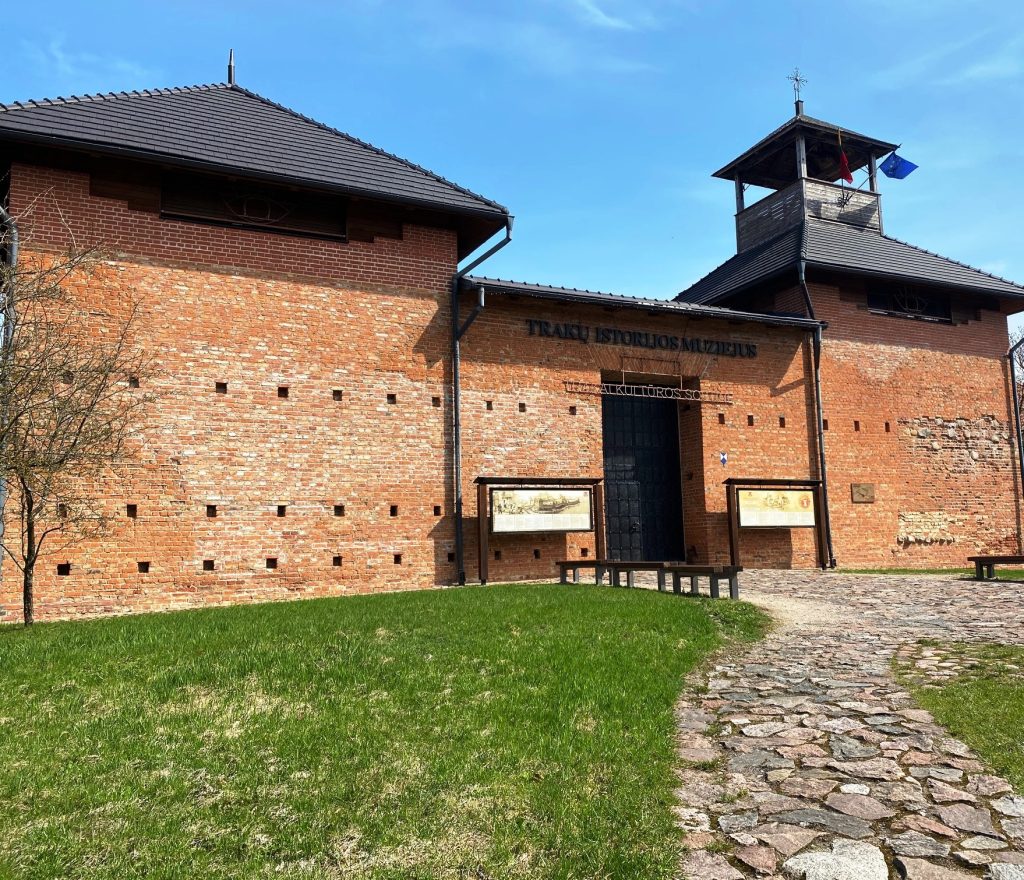
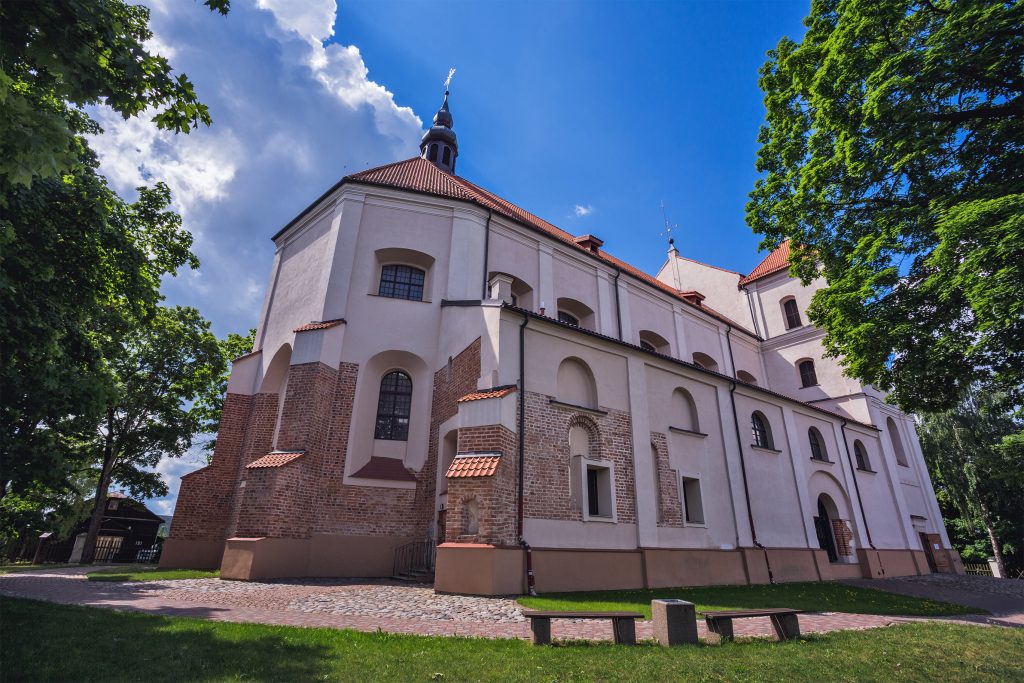
The environs of Trakai, with old villages and ancient castle hills, attract not only those interested in history but also numerous lovers of nature. In 1991 was established Trakai Historical National Park was. The landscape of Trakai Historical National Park exudes particular beauty. It covers an area of 8,200 ha which includes more than 32 lakes (occupying an area of 1,400 ha).
In 2008, Trakai was granted resort territory status. Forests with a predominance of coniferous wood (even 87 percent of the territory) are considered to be one of the most important healing factors in Trakai. The town is surrounded by forests and lakes and the air in the town is especially clean thanks to its “green lungs”.
We kindly invite you to Trakai and promise the warmest possible welcome.
